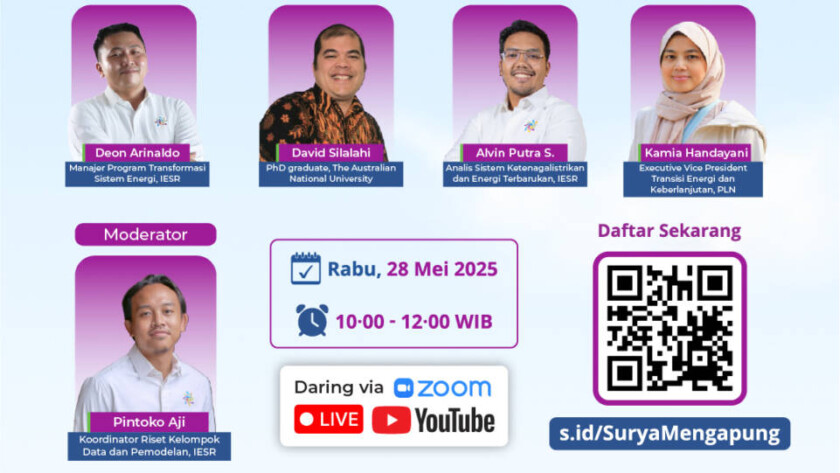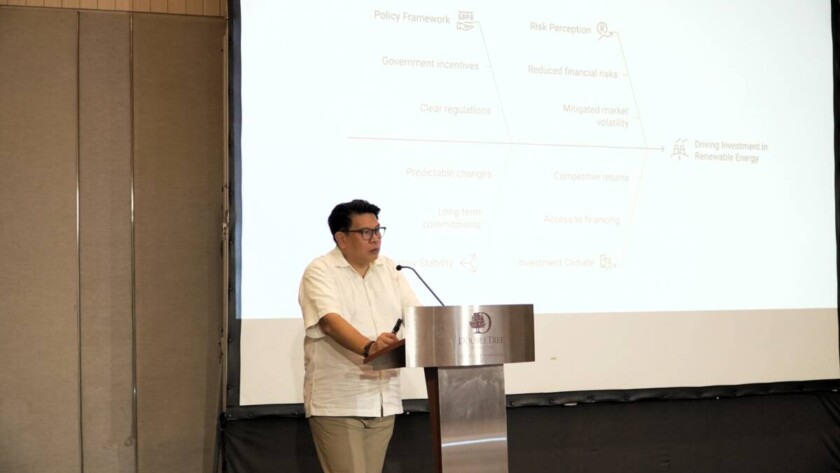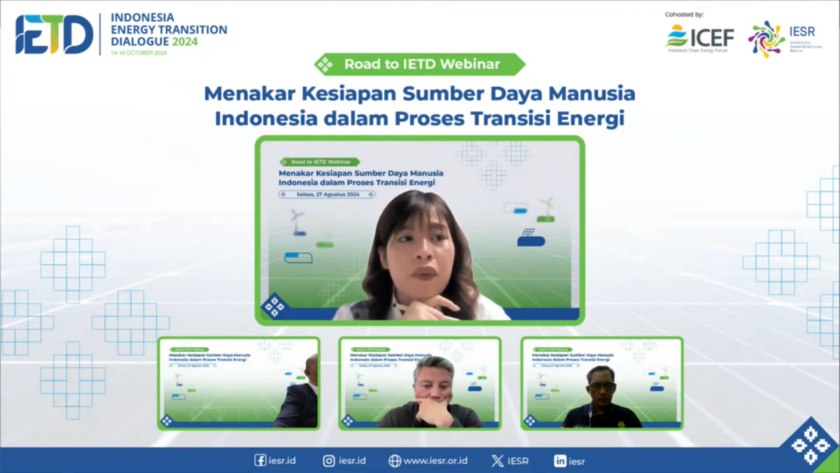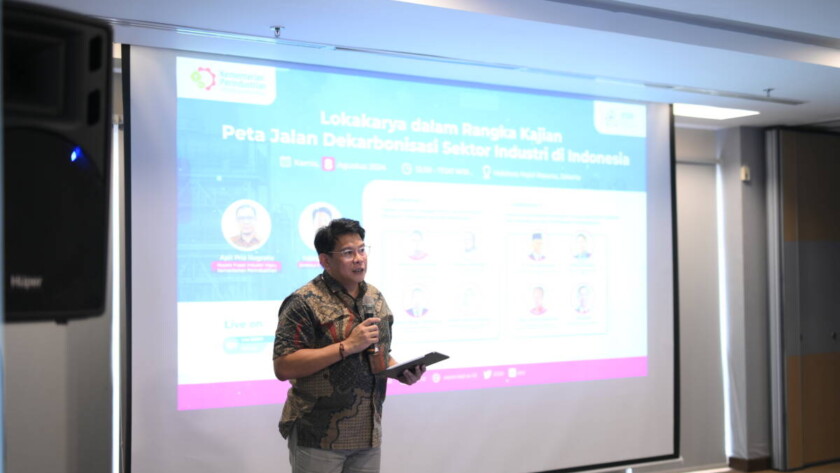Replay Streaming
Background
In the Enhanced Nationally Determined Contribution (ENDC), Indonesia is committed to reducing greenhouse gas emissions in the energy sector by 358 million tons of CO2eq with its own efforts by 2030. In line with these efforts, at CoP26, the Indonesian government targeted the energy sector to achieve Net Zero Emission (NZE)…





